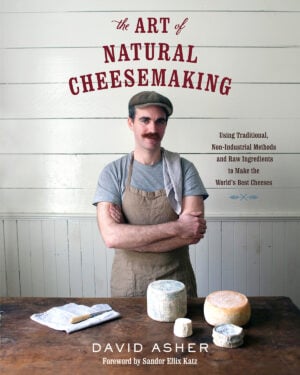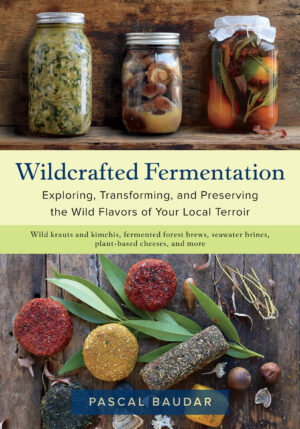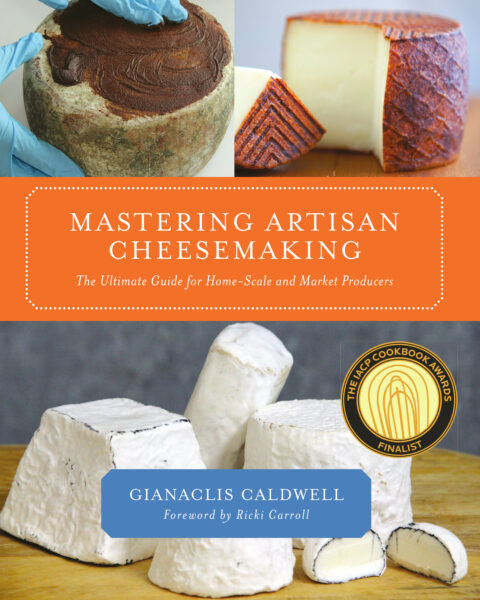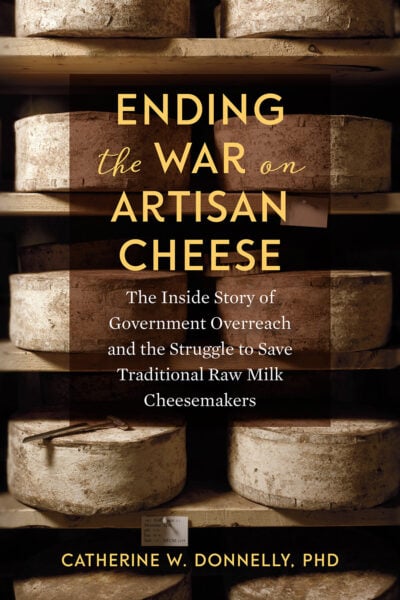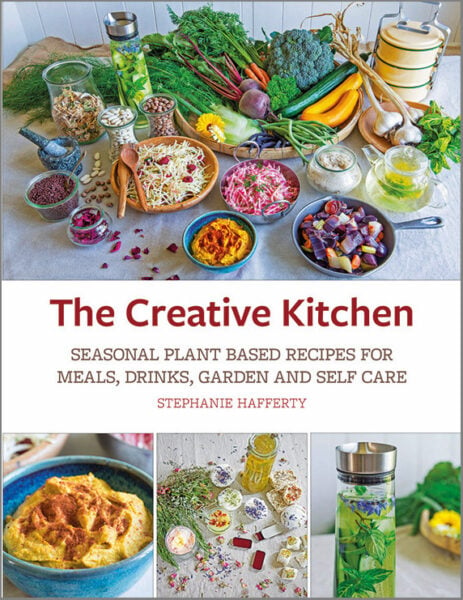Artisan Foods: Inspiration from Masters of the Craft
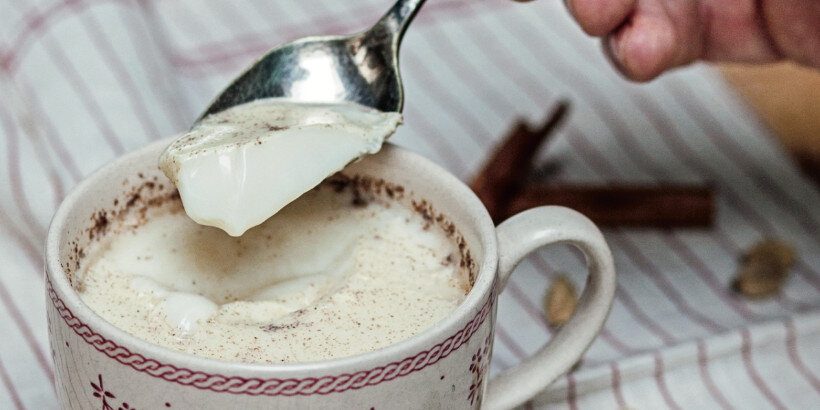
Artisan food-makers spend years studying their craft and perfecting their culinary techniques in order to give us the most delicious food possible. Our authors are sharing their knowledge with the world, whether it be brewing beer or making cheese. Pick up any one of the books this list to learn from the best!
If these books leave you feeling inspired, try out our artisanal recipe for junket, a sweet dairy dessert made with milk and sugar.
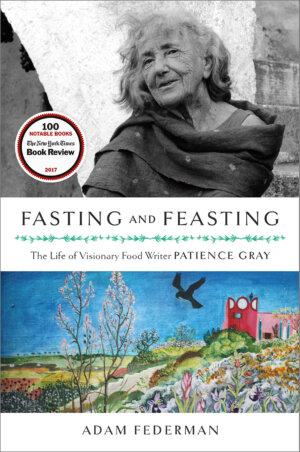 Fasting and Feasting
Fasting and Feasting
Adam Federman
A New York Times Notable Book, this widely praised biography tells the remarkable life story of Patience Gray, author of the much-loved, classic cookbook Honey from a Weed. From her privileged English upbringing to her trials as a single mother during World War II to her career working as a designer, editor, translator, and author to her culinary adventures in later years (including life in a remote area of Puglia), Patience is revealed as a fascinating and spirited woman, who was very much a part of her time, and very clearly ahead of it.
|
|
|---|
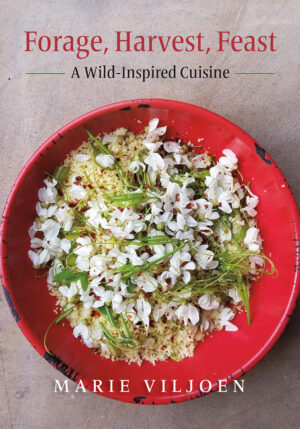 Forage, Harvest, Feast
Forage, Harvest, Feast
Marie Viljoen
Celebrated New York City forager, cook, kitchen gardener, and writer Marie Viljoen incorporates wild ingredients into everyday and special occasion fare to create a collection of nearly 500 wild food recipes. Perfect to motivate spring foraging, Viljoen offers deliciously compelling recipes for everything from cocktails and snacks to appetizers, main courses, and desserts, as well as breads, preserves, sauces, syrups, ferments, spices, and salts.
|
|
|---|
The Art of Natural Cheesemaking
David Asher
David Asher demonstrates a traditional way of making cheese, showcasing more than 35 step-by-step recipes (see facing page for one!) that are natural and intuitive, grounded in ecological principles and biological science. The book explores classes of cheese from kefir and paneer to washed-rind and alpine styles—a perfect manual for home and small-scale commercial cheesemakers.
|
|
|---|
 Brew Beer Like a Yeti
Brew Beer Like a Yeti
Jereme Zimmerman
Experimentation, mystery, resourcefulness, and above all, fun—these are the hallmarks of brewing beer like a Yeti. This book showcases a range of ancient ales (before hops was king), gruits, braggots, and more, with recipes inspired by traditions around the globe, including sahti, gotlandsdricka, oak bark and mushroom ale, wassail, paw – paw wheat, chicha de muko, and even Neolithic “stone” beers. A must for any home brewer.
|
|
|---|
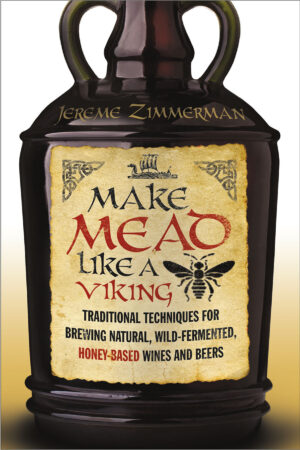 Make Mead Like a Viking
Make Mead Like a Viking
Jereme Zimmerman
Homesteader, fermentation enthusiast, and self-described “Appalachian Yeti Viking” Jereme Zimmerman demonstrates how homebrewing mead can be uncomplicated, fun, and delicious. Armed with wild-yeast-bearing totem sticks, readers will learn techniques for brewing sweet, semi-sweet, and dry meads, melomels (fruit meads), metheglins (spiced meads), Ethiopian t’ej, flower and herbal meads, braggots, honey beers, country wines, and even Viking grog.
|
|
|---|
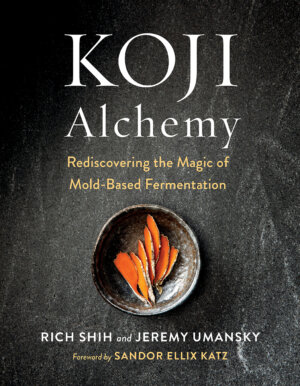 Koji Alchemy
Koji Alchemy
Rich Shih and Jeremy Umansky
Koji Alchemy chefs Jeremy Umansky and Rich Shih—collectively considered to be the most practical, experienced, generous educators on the culinary power of this unique ingredient—deliver a comprehensive look at modern koji use around the world. Using it to rapidly age charcuterie, cheese, and other ferments, they take the magic of koji to the next level, revolutionizing the creation of fermented foods and flavor profiles for both professional and home cooks.
|
|
|---|
Wildcrafted Fermentation
Pascal Baudar
One of the most influential tastemakers of our time invites you on an extraordinary culinary journey into the lacto-fermentation universe of common wild edibles. Used for thousands of years by different cultures all around the world, lacto-fermentation is the easiest, safest, and most delicious way to preserve food. And nature provides all the necessary ingredients: plants, salt, and the beneficial lactic acid bacteria found everywhere.
|
|
|---|
Junket
Ingredients
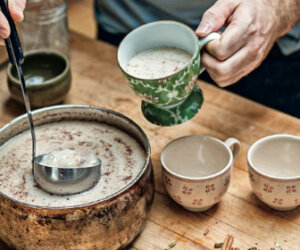
Image from The Art of Natural Cheesemaking
- 1 quart (1 l) good milk, raw or pasteurized but not homogenized
- 1 tablespoon (15 ml) active kefir or whey (optional if using raw milk)
- Sugar or any other sweetener to taste (1⁄4–1 cup [60–240 ml], or none at all)
- 1⁄4 teaspoon (1 ml) salt
- 1 teaspoon (5 ml) ground cinnamon
- 1⁄2 teaspoon (2 ml) ground nutmeg
- 1⁄2 teaspoon (2 ml) ground cardamom
- Regular dose rennet (I use 1⁄16 tablet WalcoRen rennet for 1 quart milk)
Procedure
- Warm your milk to baby-bottle-warm, about 90°F (32°C).
- Culture your milk (optional for raw milk) by adding the kefir or whey to the warm milk.
- Leave the pot to incubate for 1 hour, to help the bacterial cultures flourish.
- Mix the sugar, salt, and spices into the milk well.
- Add the rennet: Dissolve the rennet in 1⁄4 cup (60 ml) of water, then add it to the milk.
- Mix the rennet in with a gentle stirring.
- Pour the renneted milk into individual cups immediately after adding the rennet. This way, the curd will form a firm set in the cups.
- Let the pudding set, covered, at room temperature for 1 to 2 hours until firm.
Junket is best as soon as it has set but can also be kept refrigerated for several days.
Recommended Reads
Recent Articles
Chances are, you’ve seen cattails growing on the edge of your local lake or stream at least once or twice. Instead of just passing these plants, try foraging for and cooking them to create delicious seasonal dishes! The following excerpt is from The New Wildcrafted Cuisine by Pascal Baudar. It has been adapted for the…
Read MoreGarlic mustard: while known as “invasive,” this plant can be consumed in its entirety and has great nutritional value. Plus, the garlic-flavor is a perfect addition to any recipe that calls for mustard! The following are excerpts from Beyond the War on Invasive Species by Tao Orion and The Wild Wisdom of Weeds by Katrina…
Read MoreOh, honeysuckle…how we love thee. If only there was a way to capture the sweet essence of this plant so we could enjoy it more than just in passing. Luckily, foraging and some preparation can help make that happen! Here’s a springtime recipe that tastes exactly like honeysuckle smells. The following excerpt is from Forage,…
Read MoreIntroducing…your new favorite brunch dish! This whole broccoli frittata is packed with fresh, wildcrafted flavors that are bound to help you start your day off on the right foot. The following is an excerpt from The Forager Chef’s Book of Flora by Alan Bergo. It has been adapted for the web. RECIPE: Whole Broccoli Frittata…
Read MoreWondering where to forage for greens this spring? Look no further than hedges, which serve as natural havens for wild greens and herbs! The following is an excerpt from Hedgelands by Christopher Hart. It has been adapted for the web. Food from Hedges: Salads and Greens Let’s start by looking at all the wild foods…
Read More

